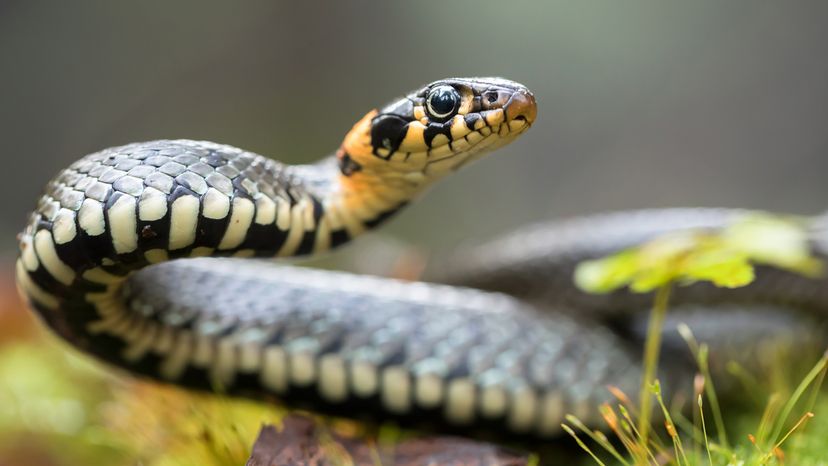
Grass snakes are nonvenomous reptiles with distinctive markings. This common snake plays a crucial role in maintaining healthy ecosystems by controlling amphibian populations and other prey.
The grass snake is particularly interesting because of its wide geographic range and adaptability. Let’s learn more about its physical characteristics, behaviors and importance to its habitats.
Advertisement